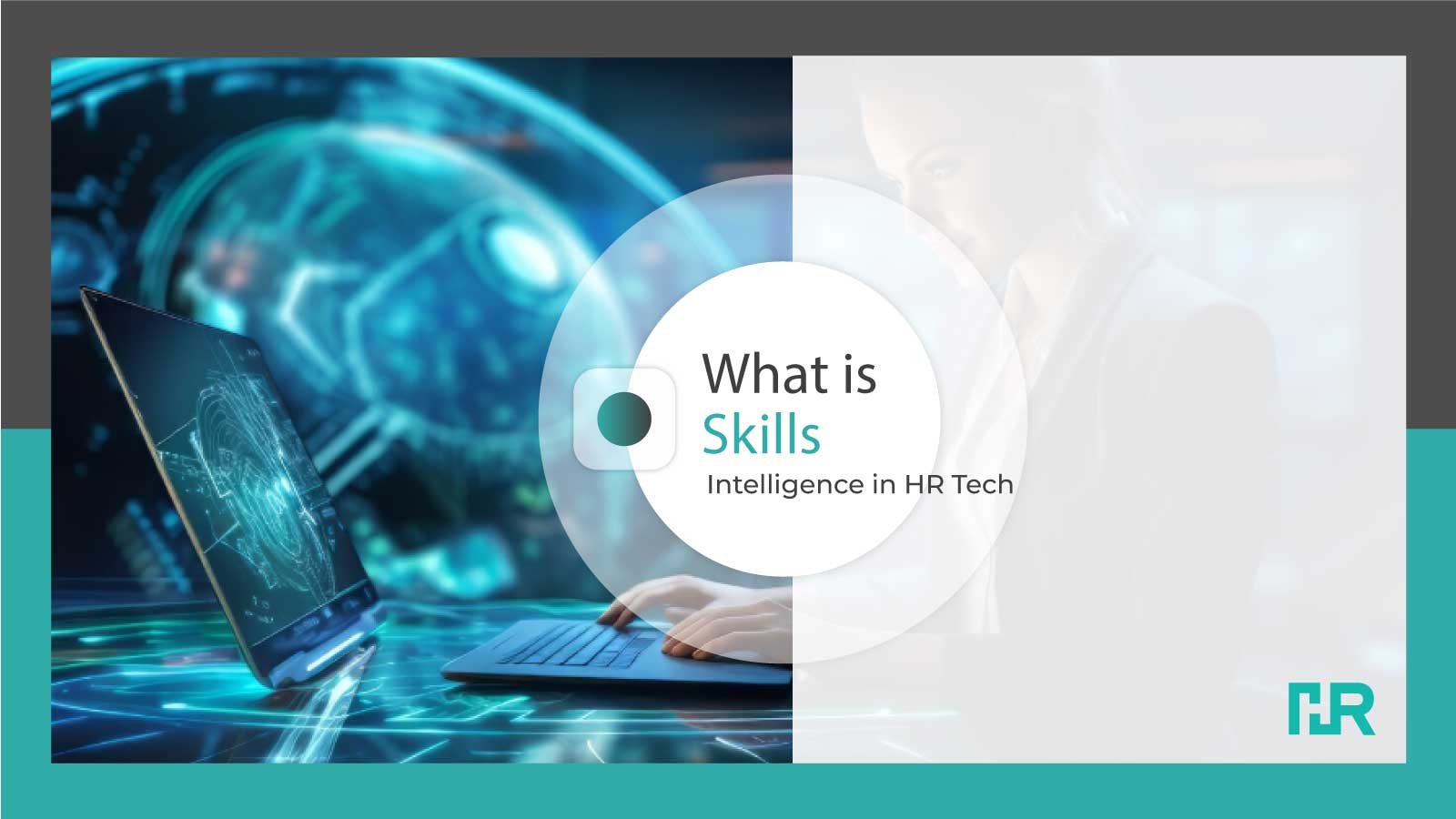
The corporate work world is changing more rapidly than job descriptions ever can. Classic HR systems were built on roles and resumes, but they struggle to reveal the full depth of an employee's capability. Skills intelligence comes to the rescue, a data-driven, AI-facilitated strategy that enables organizations to view talent in terms of actual capabilities.
Through mapping, analyzing, and forecasting skills, this new HR tech trend is providing businesses with a competitive advantage in recruitment, learning, workforce planning, and retention. And as workforces contend with automation, blended models, and international talent competition, skills intelligence is shifting from "buzzword" to business-essential.
Skills intelligence is, at its essence, the systematic application of data and AI to discover, structure, and deploy employee skills throughout the entire talent journey. It's much more than a stagnant list of competencies or a basic HR database.
Dynamic skills profiles: .
AI reads through resumes, performance data, and project output to keep employee skill records refreshed on an ongoing basis.
Gap analysis:
Systems may identify where organizational abilities lag behind existing or anticipated requirements.
Predictive insights:
HR leaders are able to anticipate future needs, from new technology adoption to emerging professions.
Imagine it as an ever-changing map of workforce strength, one that adjusts while employees learn, give back, and develop.
The time is asking for precision. The half-life of skills continues to decline, and role changes happen in real time. Organizations can no longer lean on traditional hiring pipelines and antiquated competency frameworks.
A November 2024 study by Imocha demonstrated that organizations using skills intelligence tools achieved hire, train, and retention outcomes that were 10-20% more accurate compared to organizations using only legacy HR systems.
In early 2025, Salesforce reported 50% of Q1 2025 hires were made internally, indicating a significant shift toward internal mobility.
These examples demonstrate that skills intelligence is not a future state — it is already delivering quantifiable value for leading organizations.
Skills intelligence touches on almost all areas of the employee lifecycle.
Intelligent candidate-job matching is more than keywords.
AI identifies neighboring and transfer skills, expanding talent pools.
Breaks the dependence on resumes as the sole predictor, which tends to downplay hidden skills.
Employees are able to visualize opportunities for growth within the organization.
Managers get insights into skills employees already possess, making it possible for lateral career moves or promotions.
Salesforce's use case demonstrates the strength of this for retention.
Rather than generic training programs, platforms suggest courses that fill someone's particular skill gaps.
Let's employees future-proof according to business needs.
Businesses can forecast skills shortages several months or years ahead.
Provides opportunities for agile reskilling as circumstances change, whether through the adoption of new technology or new regulations.
Leaders can identify talent strengths and weaknesses at the team, department, or enterprise level.
Dashboards give instantaneous visibility to enable quick decisions on recruitment, outsourcing, or L&D spend.
Although the potential is great, deployment has challenges:
Skills intelligence is dependent upon accurate, up-to-date data. Low-quality inputs make for defective outputs.
Transparency of data collection fosters employee trust.
Too many companies still have disjointed HRIS, LMS, and ATS platforms.
Without integration, skills intelligence will be unable to deliver its full potential.
Employees might worry that ongoing tracking of skills feels intrusive.
Transparency of benefits, like career growth, is critical.
Algorithms can inadvertently adopt biases present in past data.
Periodic audits and multiform data inputs are essential checks.
As organizations move toward skills-first strategies, skills intelligence will become even more significant in HR technology.
Platforms will progress to provide proactive suggestions about which employees should be reskilled or relocated, outperforming in their ability to help organizations respond quickly to emerging technologies and market needs.
Dynamic skills profiles will also become the norm, continuously updated through completed projects, certifications, or contributions to group work.
With this functionality, leaders will know what skills exist across their organization at a given moment.
Employees will have highly personalized career roadmaps, produced by AI, which outline a logical series of next steps and identify the skills required to obtain each one. This will increase retention and engagement through transparency of their growth opportunities.
Skills intelligence will not only inform functions such as human resources, but will also support functions such as Product development, mergers and acquisitions decisions, and corporate planning. It is possible to create a greater connection between Talent to Organizational Strategy by aligning capabilities within the workforce to the organizational goals.
Skills intelligence will soon be a basis for organizational decision-making. For organizations that are early adopters of these technologies, they will be more likely to remain competitive, resilient, and ready for future demands.
By 2026, organizations without some level of skills intelligence risk being disadvantaged in both attracting and retaining talent.
As Josh Bersin has said, “Talent intelligence provides organizations processing power for skills, interest, career path... reductions in bias, and insights we've never seen before.”
The important point is this: Skills intelligence is not about just inventorying what skills, abilities, and knowledge people have in their heads right now.
It reveals hidden potential, shows strengths that people never knew they had, and gives organizations capabilities for more equitable and inclusive talent management.
Skills intelligence is quickly becoming considered the foundational aspect of modern HR strategy.
By concentrating on actual doing and skills, as opposed to static job titles or descriptions, organizations create greater agility in their workforce, enable optimal talent and staff development, and pave the way for better internal mobility. The early adopter has a measurable edge for accuracy in hiring, retention, and employee engagement.
As we move further into the workplace revolution, it becomes clear that adding skills intelligence in HR tech to their existing solution will be a requirement to maintain competitiveness and be future-ready.
To participate in our interviews, please write to our HRTech Media Room at sudipto@intentamplify.com